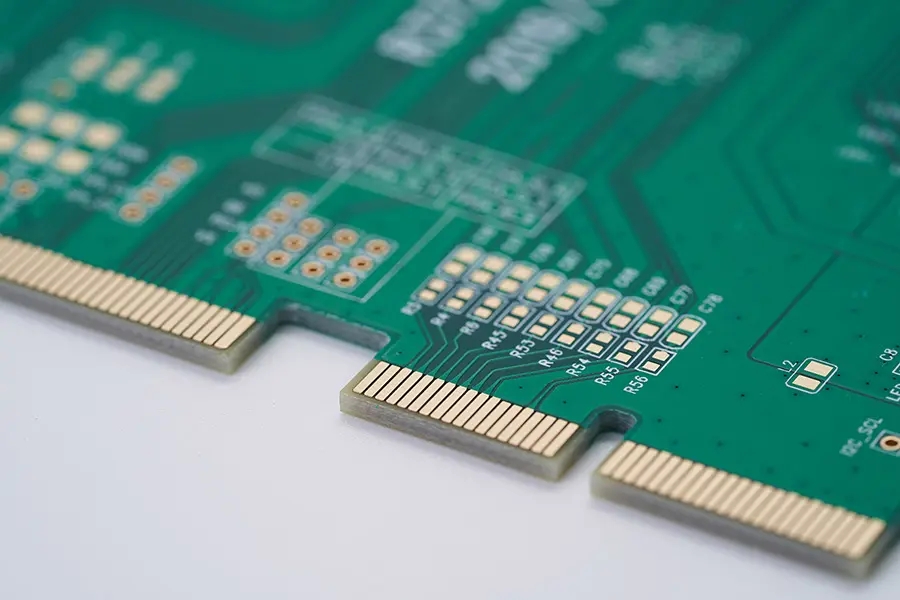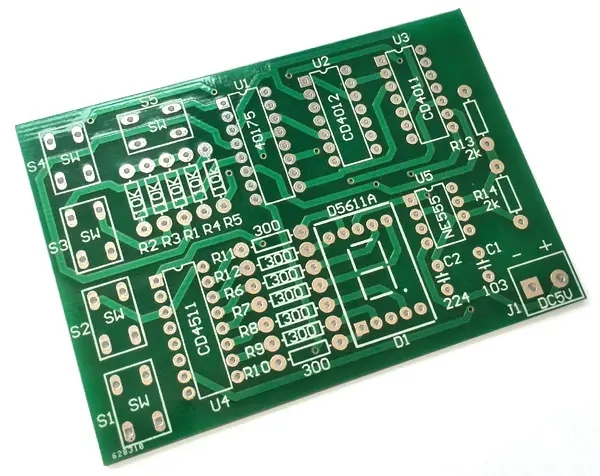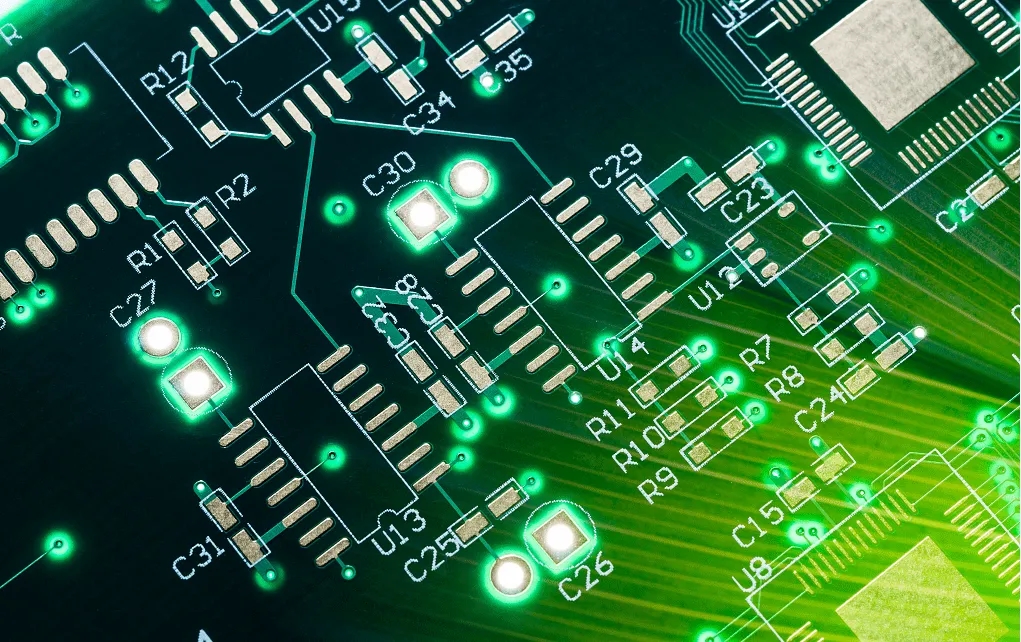
Blackening of PCB Plating Gold Layer and Hazards of Expired PCB
PCB manufacturers, PCB designers and PCBA processors explain the hazards of PCB gold plating blackening and expired PCB boards
The problem of blackening of the electroplated gold layer often occurs, which affects the quality and performance of the circuit board. So, what are the reasons for the blackening of the electroplating gold layer on PCB?
1. Thickness control of electroplated nickel layer
PCB gold plating layer is generally very thin, which is reflected on the electroplated gold surface. Many of them are caused by poor performance of nickel plating. Generally, the thin nickel plating layer will cause the product appearance to be white and black. Generally, the thickness of nickel layer should be about 5UM.
2. Liquid medicine condition of nickel plating cylinder
If the liquid medicine of nickel cylinder is not well maintained for a long time and carbon treatment is not carried out in time, the nickel layer after electroplating will be easy to produce lamellar crystals, and the hardness and brittleness of the coating will increase. If it is serious, the problem of blackening coating will occur. Therefore, it is necessary to carefully check the liquid medicine condition of the production line of the circuit board factory, make comparative analysis, and carry out thorough carbon treatment in time to restore the activity of the liquid medicine and clean the electroplating solution.

3. Metal cylinder control
As long as the liquid medicine is filtered and replenished well, the gold cylinder will be more polluted and stable than the nickel cylinder. However, it is necessary to pay attention to check whether the gold cylinder supplement is sufficient and excessive, how the liquid medicine PH value is controlled, and how the conductive salt is in good condition. If there is no problem, use AA machine to analyze the impurity content in the solution. The state of the liquid medicine in the margin tank. Finally, check whether the gold cylinder filter cotton core has not been replaced for a long time.
The above is the reason for the blackening of the gold plating layer on the PCB board, and I hope it will be helpful to you.
What are the hazards of using expired PCB?
When customers customize PCB products, they always make more for a rainy day. After a long time, PCB boards will be expired but ignored by themselves. What are the hazards of using expired PCB?
1. Expired PCB may cause oxidation of surface welding pad
After the welding pad is oxidized, it will cause poor soldering tin, which may eventually lead to the risk of functional failure or loss of parts. Different surface treatments of circuit boards have different effects on oxidation resistance. In principle, ENIG requires to use up within 12 months; OSP is required to be used up within six months. It is recommended to follow the shelf life of the PCB manufacturer to ensure the quality.
2. Expired PCB may be hygroscopic and cause bursting
When the circuit board is rewelded after moisture absorption, it may cause problems such as popcorn effect, board bursting or delamination. Although this problem can be solved by baking, baking may cause other quality problems.
3. The bonding ability of expired PCB may degrade
After the circuit board is produced, the bonding ability between layers will gradually degrade or even deteriorate over time. When the circuit board passes through the high temperature of the reflow furnace, it may cause delamination and surface bubbles, which seriously affects the reliability of the circuit board.
In a word, the danger of using expired PCB is quite great. Customers should pay attention to it.
PCB manufacturers, PCB designers and PCBA processors explain the hazards of PCB gold plating blackening and expired PCB boards.









